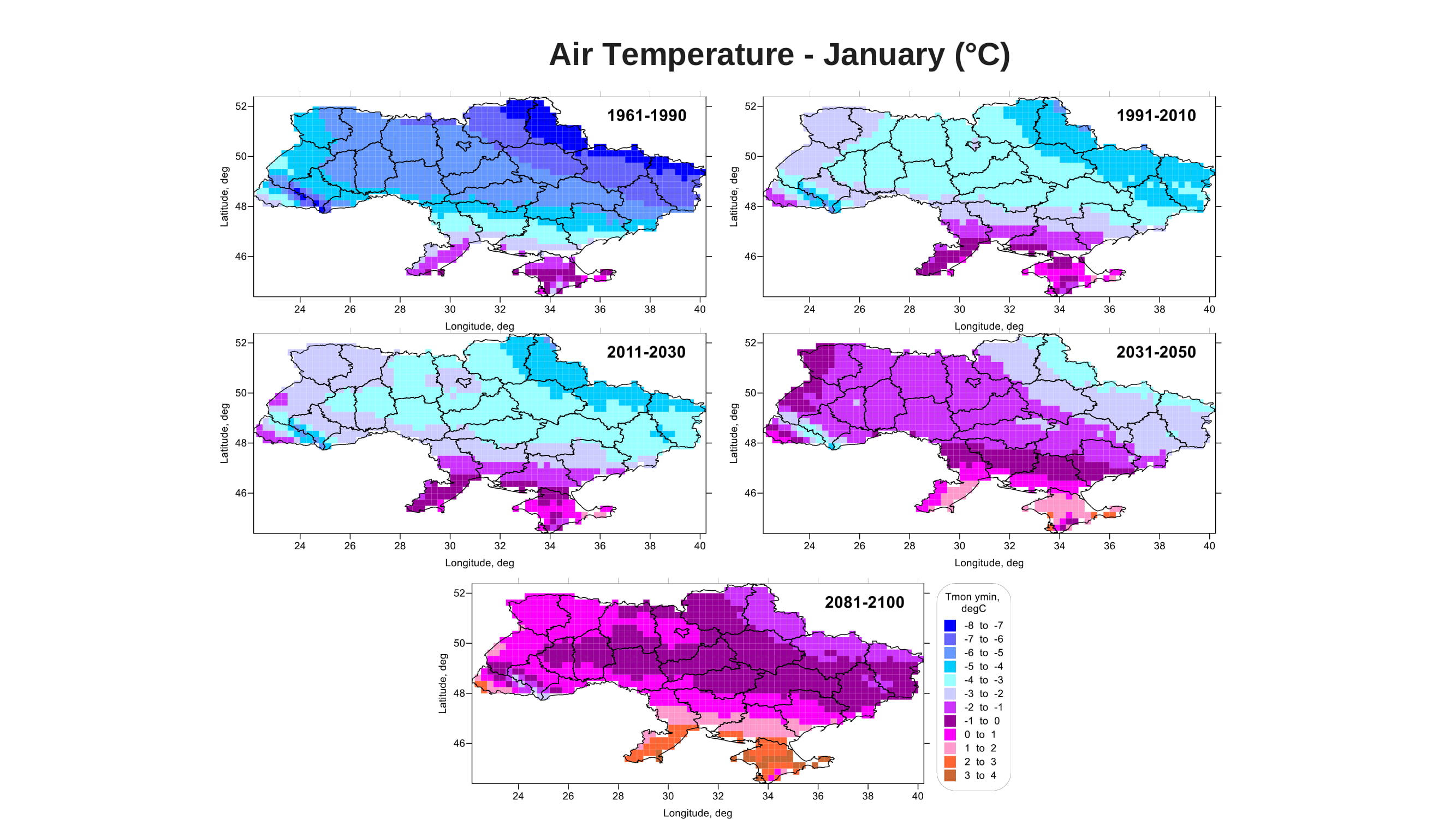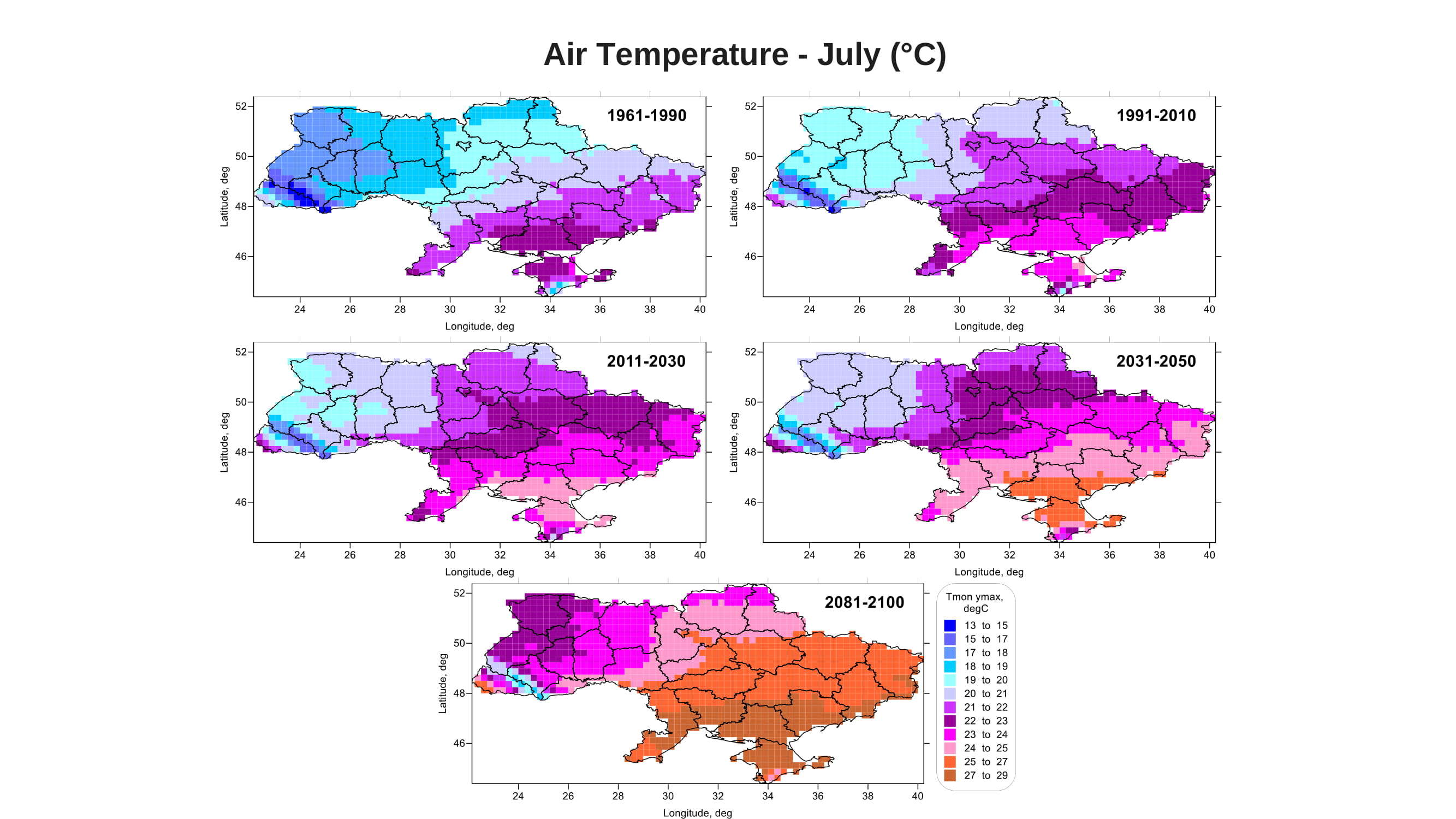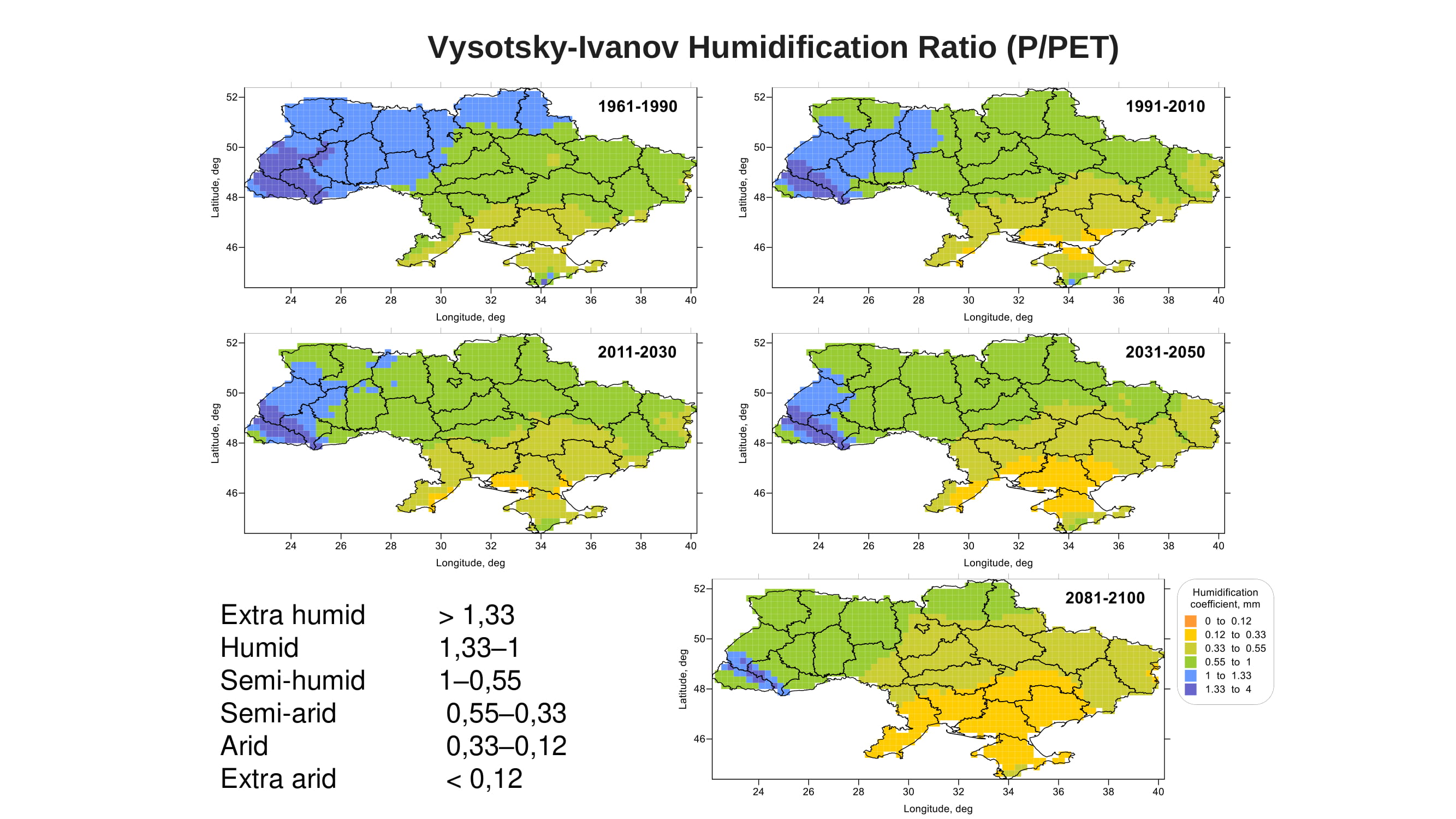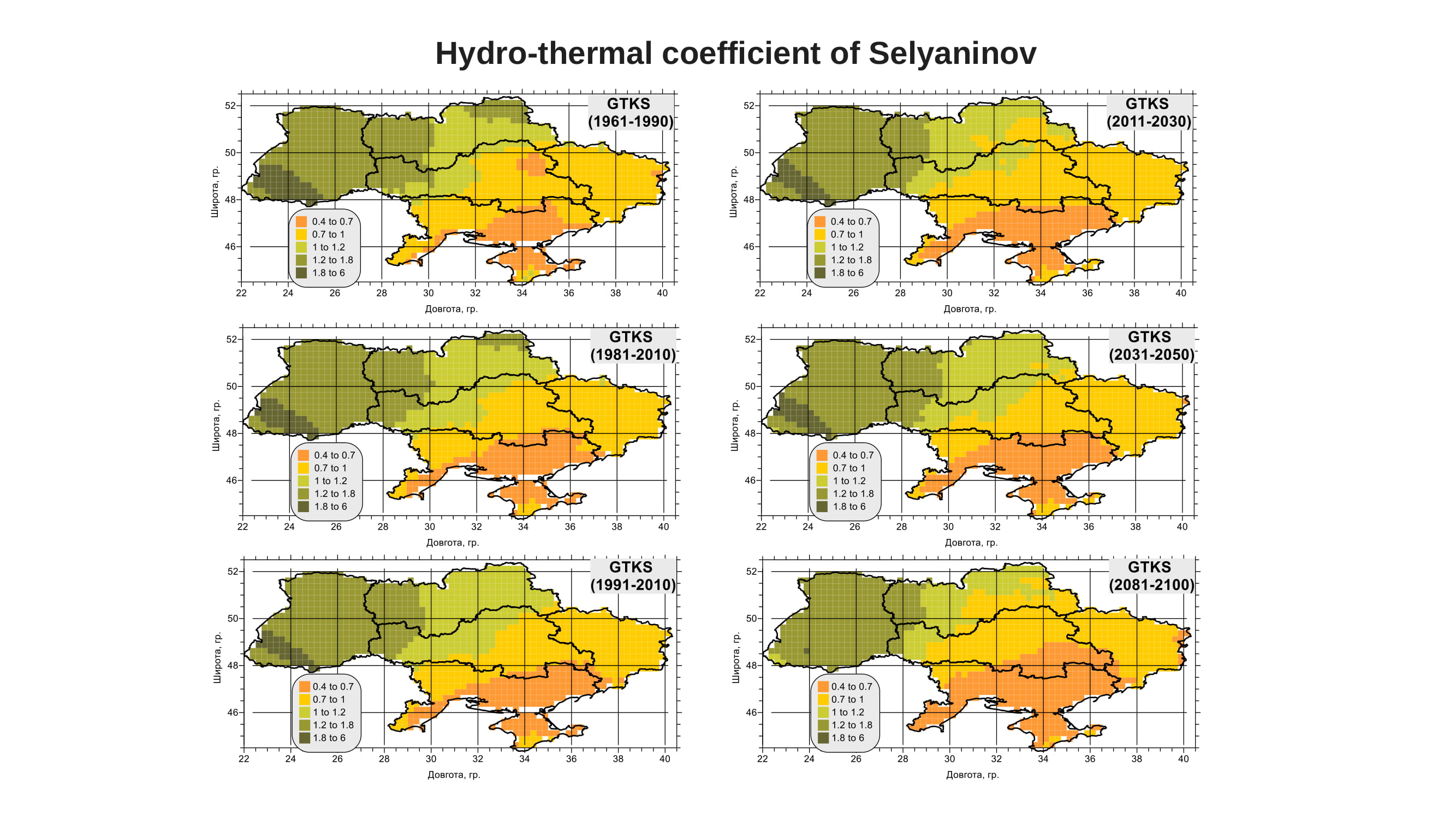It’s the last day of January. Usually, at this time of year, the streets of Kyiv would be blanketed with snow.
Instead, this season the country has barely seen any snowfall and temperatures have largely hovered above 0 °Celsius.
Like many countries with colder climates, Ukraine has experienced abnormally warm and snowless winters due to climate change caused by humans. Globally, the year 2019 was the second hottest on record; in Ukraine it was the hottest ever recorded (dating back to 1881).
While climate change is increasingly viewed as a global emergency, its perils have largely been downplayed in Ukraine. Politicians and the media consistently ignore it, while environmental movements are not yet a major social force.
Gradually, however, Ukrainian attitudes are changing. Climate activism is gaining momentum among youth. Over 2,000 people joined the climate strike in Kyiv last September, demanding the government take action to cut emissions.
Ukrainian officials promised to go after industrial polluters and announced a new green transition strategy after the European Commission proposed the Green Deal, a package of measures designed to make EU carbon neutral by 2050.
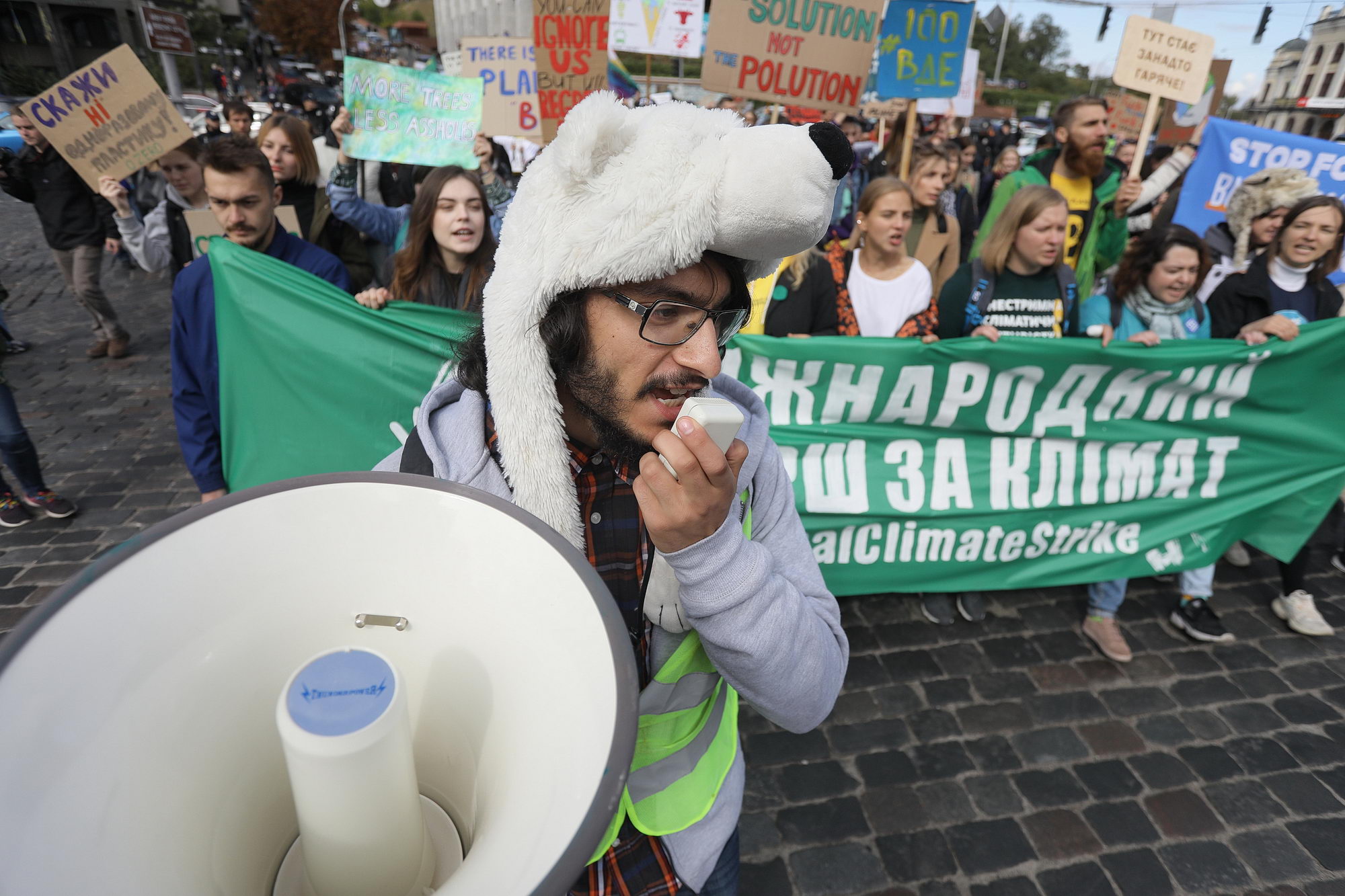
A man wearing a polar bear hat speaks into a megaphone at the climate strike in Kyiv on Sept. 21, 2019. The rallies took place around the world in demand for action against climate change (Oleg Petrasiuk)
Prodded by EU’s lead
Ukraine is currently reviewing its commitments under the 2015 Paris agreement. Previously, the country pledged to reduce emissions by 2030 by at least 40% compared to 1990 levels.
In January, the Ministry of Energy and Environmental Protection (previously, these two interconnected areas were under the purview of different agencies) presented its new green strategy, which outlines Ukraine’s transition to a carbon-neutral economy by 2070.
But it appears that the main motivation behind the plan is the EU Green Deal, not the climate crisis itself.
At the core of the EU proposal is a tariff on imported goods based upon their carbon footprint. This means that, if Ukraine wants to continue trading with its largest trade partner, it will need to cut emissions, too.
“Europeans don’t want to buy goods that harm the environment. They have a new priority, the Green Deal, and if we don’t match, it will be hard for us to communicate with them,” Oleksiy Orzhel, Ukraine’s energy and environmental protection minister, said at a press briefing on Jan. 21.
Key steps in the new strategy, which has yet to be officially adopted, are improving the energy efficiency of buildings, transitioning from coal to renewable energy sources and implementing electric transport, all aimed at cutting carbon emissions.
By 2050, the ministry wants to shut down coal mines — the industry has been unprofitable for many years and heavily subsidized — and upgrade coal-fired power plants to cleaner fuel.
By 2050, the ministry aims to generate 70% of its electricity from renewable sources, and nuclear energy will be reduced to 20–25%. The goal is even more ambitious than the previous one (25% renewables by 2035), given that currently renewables only provide five percent of the country’s electricity.
“Renewable energy is the best solution that humankind has invented to lower greenhouse emissions,” said Olga Boyko, coordinator for Eastern Europe, the Caucasus and Central Asia at the Climate Action Network. “It also transforms society and promotes democracy when every household can produce its own electricity with small wind and solar stations. There can’t be a monopoly.”
Ukrainian officials also decided to strengthen controls over carbon and toxic emissions from heavy industry that not only contribute to global warming, but contaminate air and water, threatening the health of local residents.
In December, Ukraine unified the rules for calculating annual emissions. Previously, each industrial plant submitted emissions reports to state inspectors based on their own methodology. Now reports will be produced under common rules, audited independently, and made public.
Moreover, the Cabinet announced it will open an agency to regulate emissions and air pollution by large industrial manufacturers. The office will be based in Kryvyi Rih, one of the most polluted cities in the country and the Ukrainian base of steel manufacturing giant ArcelorMittal.
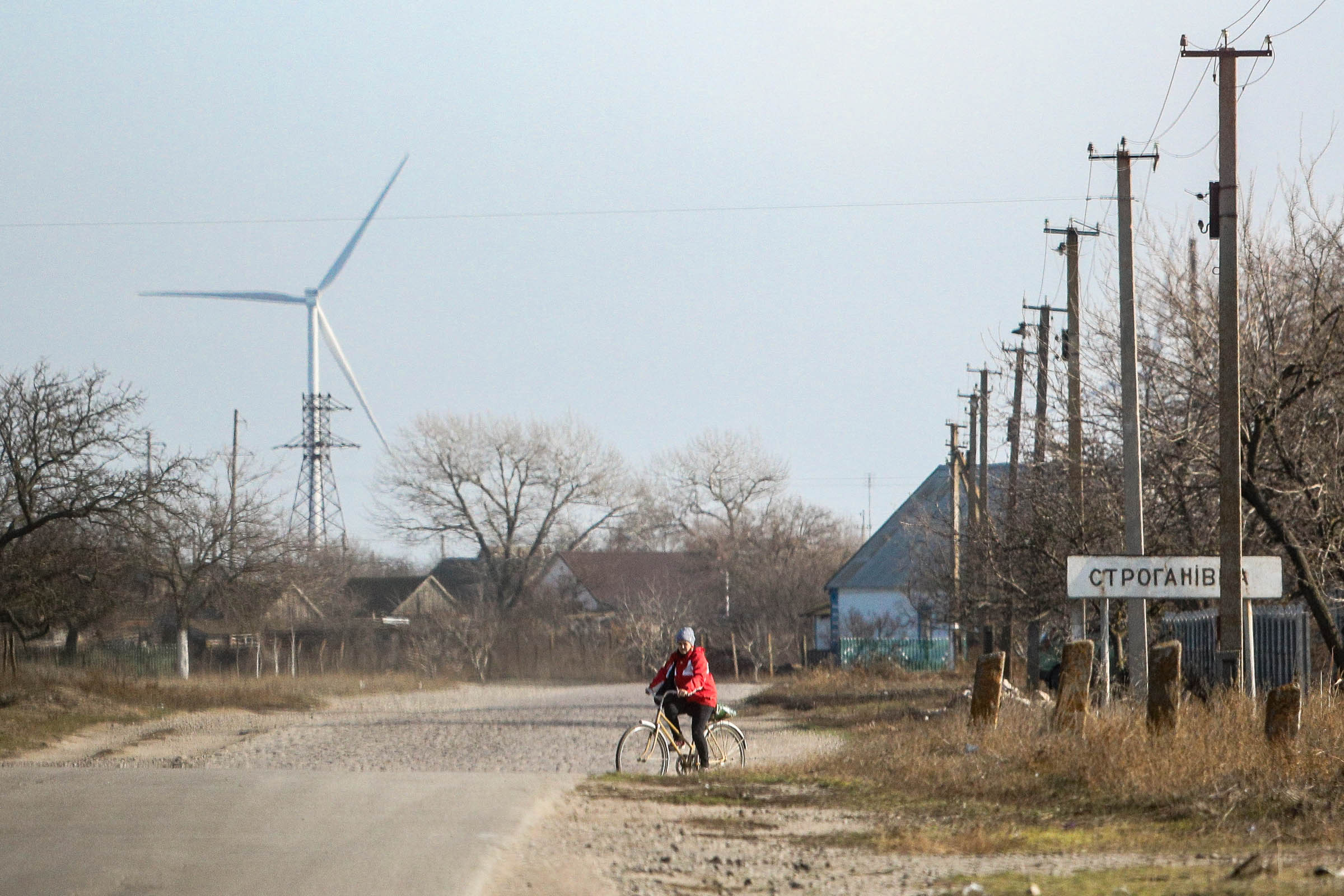
A woman rides a bicycle against the backdrop of a new wind turbine in the village of Stroganivka in Zaporizhia Oblast on Nov. 15, 2019. (Kostyantyn Chernichkin)
Big challenges ahead
Ukraine has taken steps to increase its independence from fossil fuels. While most of these policies were motivated by economic concerns more than ecological ones, challenges remain.
Ukraine introduced green energy subsidies in 2015 to attract investment in renewables. While the policy was successful in many ways, it proved burdensome for the economy and disproportionately benefited oligarchs. Now, that scheme will be replaced by auctions.
There is also a growing demand for electric cars in Ukraine, but it has been stymied by a lack of necessary infrastructure.
As for cutting energy losses, there is a loan scheme that allows homeowners to heat-insulate their walls and windows, upgrade wiring and buy LED light bulbs. But doing so is still a voluntary decision, and most Ukrainians continue to live in old apartment blocks built in the Soviet era.
Finally, Ukraine’s heavy industry, energy and utilities sectors are controlled by several oligarchs who own steel and iron manufacturing plants as well as a majority of the electricity and heating distribution companies that operate power plants.
Watch: Meet Ukrainian environmental activist Anna Bogushenko from Fridays for Future
Ukrainian climate
In its October 2018 report, the United Nations Intergovernmental Panel on Climate Change (IPCC) said that the world must keep global warming under 1.5 °C above pre-industrial levels. Even half a degree more would result in catastrophic consequences such as extreme heat, droughts, floods, the death of coral reefs, irreversible damage to nature, hunger, poverty and hundreds of millions of climate refugees.
Harrowing images of bushfires in Australia and storms and floods in Indonesia, South America and Africa offer a glimpse into the reality that awaits the planet.
In Ukraine, the impact of climate crisis is harder to communicate to people because the country is far away from rising oceans and doesn’t experience devastating weather cataclysms, says Svitlana Krakovska, member of the IPCC and head of the Applied Climatology Laboratory at the Ukrainian Hydrometeorological Institute.
But climate change is visible in Ukraine, too.
Last April, social media users shared videos of tornadoes in Zaporizhia and Kirovohrad oblasts.
Later in the same month, western-central Ukraine was hit by storms that ripped roofs from buildings, downed trees and caused electrical outages. Hailstones as big as apricots rained down in Rivne, Ternopil, Zhytomyr, and Dnipropetrovsk oblasts.
In early May, heavy rains flooded over 3,200 houses and damaged two bridges in Ivano-Frankivsk Oblast. Simultaneously, a tornado-like storm raged through neighboring Chernivtsi Oblast, tearing down trees and power poles.
Meanwhile, southern and eastern regions were affected by a drought lasting from mid-June until October.
Such extreme weather conditions will become more intense and frequent as climate change worsens, Krakovska says.
In 2019, the average temperature in Ukraine was 2.6°C higher than normal, making it the warmest year in the country since 1881.
In Kyiv, the average temperature was 2.9 °C higher than normal. The temperature in December exceeded 15 °C for the first time. A total of 36 temperature records were broken in the capital during the year.
A snowy hillside in Kyiv’s Slavy Park in Kyiv photographed on Jan. 9, 2017 shows people riding sleds. The same spot photographed on Jan. 30, 2020, after a minimal snowfall in a winter where temperatures rarely dropped below zero.
Annual rainfall in Kyiv was 80% of the norm, and rains were unevenly distributed: May was very rainy, exceeding the average monthly rate, while the autumn was the driest in years.
Precipitation patterns change due to rising temperatures, explains Krakovska. As more moisture evaporates from the land and sea into the atmosphere, heavy rainfalls replace snow.
Most Ukrainian rivers are snow-fed. The absence of both snow cover in winter and the deep freezing of soil results in insufficient amounts of water in rivers and poor moisture retention in soil, causing summer droughts and negatively affects agriculture and crop harvests.
While Ukraine’s annual rainfall rate hasn’t changed, the nature of rain has. There are fewer light rains falling over several days, and they are being replaced by heavy local downpours that wash out the fertile layer of soil. A month’s worth of rain may fall in one or two days, followed by extended dry periods.
Climate change will manifest differently in different regions of Ukraine, Krakovska says. Her projections show that western regions will become more humid, with frequent floods, while southern and eastern regions will become hotter and drier.
“With changing precipitation patterns, droughts and fresh water shortages are inevitable in summer. Ukraine will need reservoirs to store water,” the scientist said.
Besides droughts, southern Ukraine faces another threat from rising sea levels, according to research by Ecodiya, a Kyiv-based environmental organization.
Thirty-four cities, six towns, and 62 villages on the Black and Azov seas — including Odesa, Kherson, Mariupol, Mykolaiv and Berdiansk — may be fully or partially underwater by the end of the century.
